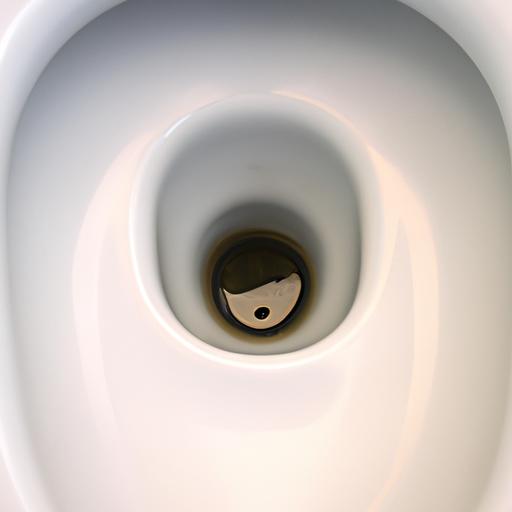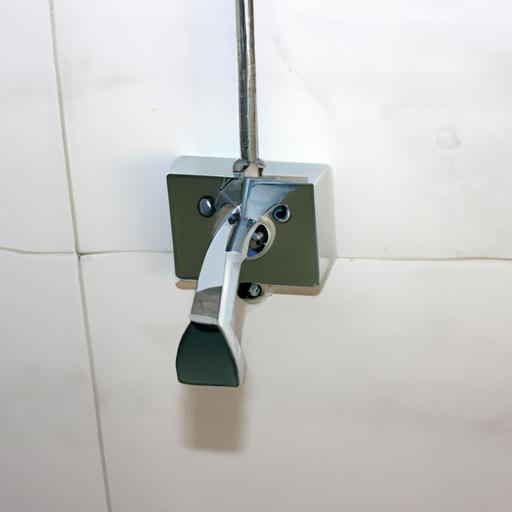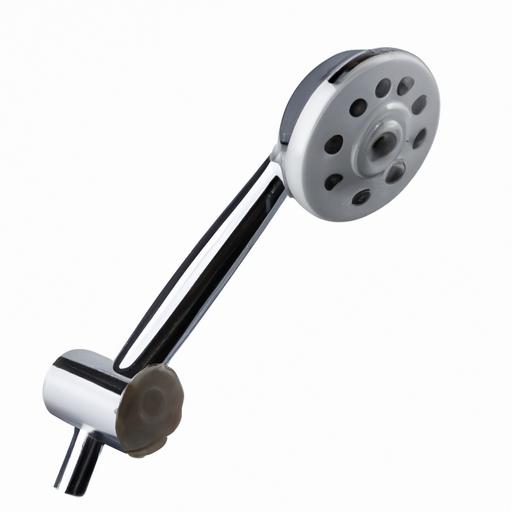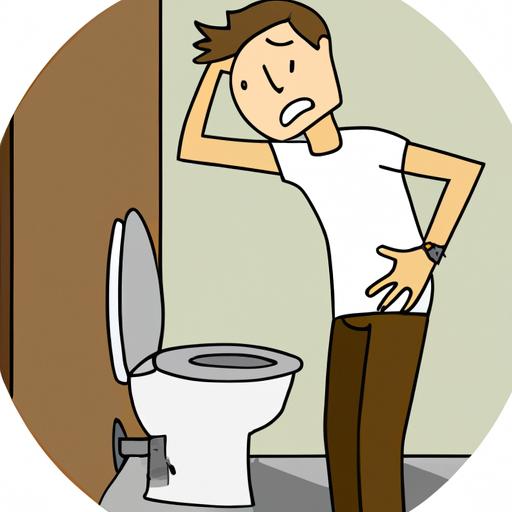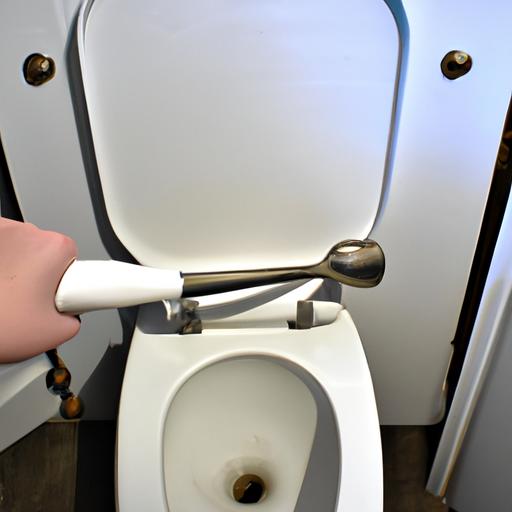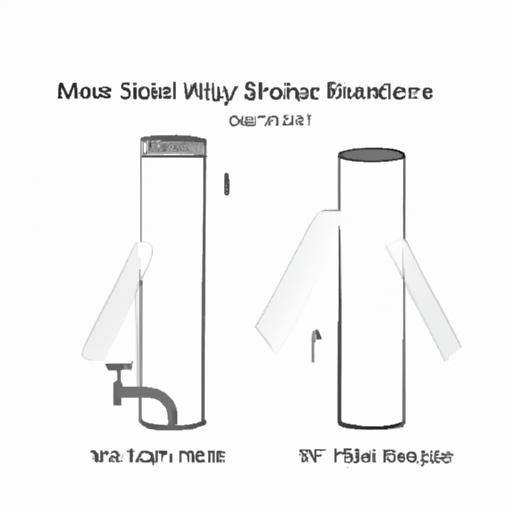Is your toilet giving you a hard time and refusing to fill up properly? Don’t worry, you’re not alone in this predicament. A toilet that won’t fill can be frustrating and inconvenient, but fear not! In this article, I’ll guide you through the troubleshooting steps and provide solutions to get your toilet back in working order.
When your toilet fails to fill up as it should, it’s essential to address the issue promptly. Ignoring the problem may lead to further complications and potentially costly repairs down the line. Plus, a malfunctioning toilet can disrupt your daily routine and cause unnecessary stress. So, let’s dive into why your toilet might not be filling up and how to fix it.
The most common reasons for a toilet not filling properly can vary, but let’s explore a few potential culprits. It could be a faulty water supply valve, a malfunctioning fill valve, or an issue with the float mechanism. Sometimes, clogs or blockages can obstruct the water flow, or low water pressure might be the root cause. Identifying the underlying problem is crucial to effectively troubleshoot and resolve the issue.
In the following sections, I’ll walk you through step-by-step troubleshooting methods, guiding you on how to check the water supply valve, inspect the fill valve, examine the float mechanism, clear any clogs, and address low water pressure. By following these straightforward instructions, you’ll be well-equipped to tackle the problem and restore your toilet’s proper functionality.
Remember, a functioning toilet is vital for a comfortable and convenient lifestyle. So, let’s roll up our sleeves and get to work fixing that toilet that just won’t fill up properly. Together, we’ll ensure your bathroom experience is hassle-free and enjoyable once again.
Stay tuned for the upcoming sections, where we’ll delve deeper into each troubleshooting step and provide you with actionable solutions. Get ready to say goodbye to toilet troubles and hello to a smoothly functioning bathroom!
Next, I’ll work on Section II, “Understanding the Problem”.
Understanding the Problem
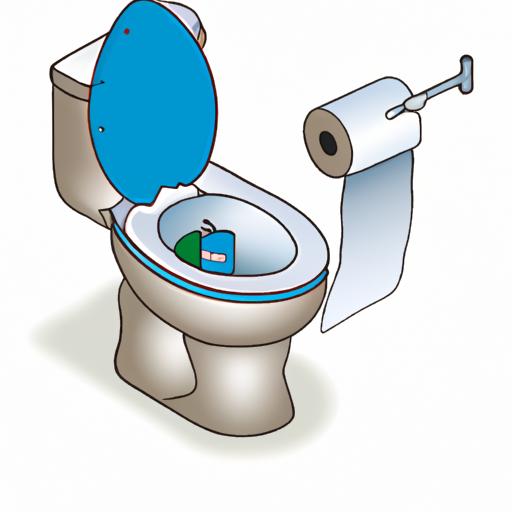
Common Reasons Why a Toilet Won’t Fill Properly
When your toilet refuses to fill up, it’s essential to understand the common culprits that can cause this frustrating issue. By identifying the underlying problem, you can effectively troubleshoot and resolve the issue. Here are a few common reasons why a toilet might not be filling properly:
- Faulty Water Supply Valve: The water supply valve controls the flow of water to your toilet tank. If it’s not fully open or if there’s a blockage, water may not enter the tank properly, leading to inadequate filling.
- Malfunctioning Fill Valve: The fill valve is responsible for regulating the water level in the toilet tank after each flush. If it’s defective or worn out, it may not allow enough water to enter the tank, resulting in incomplete filling.
- Issues with the Float Mechanism: The float mechanism, consisting of a float ball or cup, controls the fill valve’s operation. If it’s misaligned, damaged, or obstructed, it can interfere with the proper functioning of the fill valve, leading to incomplete filling.
- Clogs or Blockages: Obstructions in the toilet’s trapway or drain pipe can prevent water from flowing freely, causing incomplete filling. These blockages can be caused by toilet paper buildup, foreign objects, or mineral deposits.
- Low Water Pressure: Insufficient water pressure can hamper the filling process. It may be caused by plumbing issues or problems with the water supply to your home. In such cases, the toilet tank may not receive an adequate amount of water to fill up properly.
Importance of Diagnosing the Root Cause
Diagnosing the root cause of your toilet’s filling problem is crucial for effective troubleshooting. By pinpointing the specific issue, you can save time, effort, and potentially avoid unnecessary expenses. Moreover, addressing the underlying problem ensures a long-term solution rather than a temporary f
Understanding the common reasons behind a toilet not filling properly allows you to make informed decisions when troubleshooting. It enables you to focus on the specific components or areas that require attention, increasing the chances of successfully resolving the issue.
In the next section, we’ll delve into step-by-step troubleshooting methods to help you diagnose and fix the problem with your toilet’s filling mechanism. So, let’s roll up our sleeves and get ready to tackle the issue head-on!
Next, I’ll work on Section III, “Troubleshooting Steps”.
Troubleshooting Steps
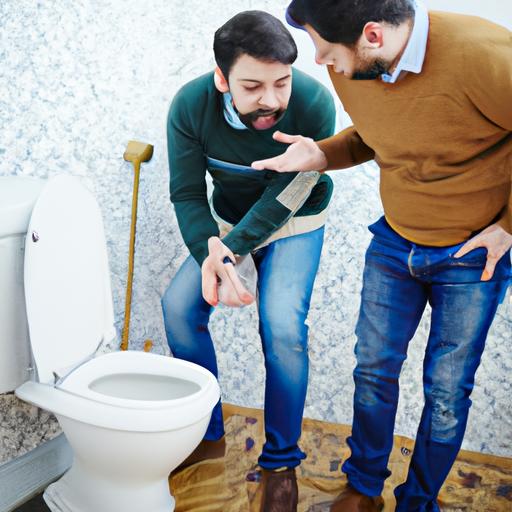
Are you ready to tackle the issue of your toilet not filling up properly? Let’s dive into the troubleshooting steps that will help you identify and fix the problem. Follow these simple guidelines, and you’ll have your toilet back to its functional self in no time.
Step 1: Checking the Water Supply Valve
The water supply valve plays a crucial role in ensuring your toilet receives an adequate water flow. Start by locating the valve, typically positioned behind or beside the toilet. Ensure that the valve is fully open by turning it counterclockwise. Sometimes, a partially closed valve can restrict the water flow, resulting in a toilet that won’t fill properly. If the valve is already fully open, proceed to the next step.
Step 2: Inspecting the Fill Valve
The fill valve is responsible for regulating the water level inside the toilet tank. Lift the toilet tank lid and visually inspect the fill valve for any visible signs of damage or malfunction. Make sure the fill valve is properly connected and not loose. If you notice any issues, it may be necessary to repair or replace the fill valve. Don’t worry, it’s a relatively simple task that can be accomplished with basic tools and a little know-how.
Step 3: Examining the Float Mechanism
The float mechanism, often a ball or cup-shaped device, controls the water level inside the toilet tank. If the float mechanism is not functioning correctly, it can interfere with the toilet’s filling process. Check if the float mechanism is getting stuck or obstructed. Adjust it if necessary to ensure it moves freely and effectively regulates the water level. A malfunctioning float mechanism may require repair or replacement.
Step 4: Clearing Any Clogs or Blockages
Clogs and blockages can disrupt the water flow and prevent your toilet from filling up properly. If you suspect a clog, use a plunger to clear it. For more stubborn blockages, a plumbing snake can come to the rescue. By clearing any obstructions, you allow the water to flow freely and restore the proper filling function of your toilet.
Step 5: Checking the Water Pressure
In some cases, low water pressure can be the cause of a toilet not filling up adequately. Check the water pressure in your home by turning on faucets in different rooms. If you notice consistently low water pressure throughout the house, you may need to contact your water provider or a professional plumber to address the issue.
Stay tuned for the upcoming sections, where we’ll dive deeper into each troubleshooting step, providing detailed instructions and solutions for fixing your toilet that won’t fill up. By following these steps, you’ll be well on your way to resolving the issue and enjoying a fully functional toilet once again.
Next, I’ll work on Section IV, “Fixing the Issue”.
Fixing the Issue

So, your toilet won’t fill up properly, and you’re ready to roll up your sleeves and tackle the problem head-on. In this section, I’ll provide you with detailed instructions to help you fix the issue and restore your toilet to its full functionality. Let’s dive in!
1. Adjusting the Water Supply Valve
The water supply valve controls the flow of water into your toilet tank. If it’s not fully open or is partially closed, it can hinder the filling process. To adjust the water supply valve:
- Locate the valve, typically located on the wall behind or near the toilet.
- Turn the valve clockwise to close it fully.
- Counterclockwise, open the valve to allow water to flow freely into the tank.
- Observe if the toilet begins to fill up properly.
2. Repairing or Replacing the Fill Valve
A faulty fill valve can prevent your toilet from filling up adequately. Follow these steps to repair or replace the fill valve:
- Shut off the water supply to the toilet by turning the valve clockwise.
- Flush the toilet to drain the tank completely.
- Remove the old fill valve by unscrewing it from the bottom of the tank.
- Install the new fill valve according to the manufacturer’s instructions.
- Turn the water supply back on and observe if the toilet fills up properly.
3. Adjusting or Replacing the Float Mechanism
The float mechanism, which includes the float ball or cup and the attached arm, regulates the water level in the tank. An incorrectly adjusted or damaged float mechanism can cause the toilet to underfill or overfill. Here’s what you can do:
- If the float is a ball, gently bend the float arm downward to lower the water level.
- If the float is a cup, locate the adjustment screw and turn it counterclockwise to lower the water level.
- Test the toilet to see if it fills up to the desired level. If not, consider replacing the float mechanism entirely.
4. Clearing Clogs Using a Plunger or Plumbing Snake
Clogs can obstruct the water flow and prevent your toilet from filling up properly. Here’s how you can clear them:
- Use a plunger: Place the plunger over the drain hole and push down firmly, then pull up quickly. Repeat this motion several times until the clog is dislodged.
- Try a plumbing snake: Insert the snake into the drain hole and twist it gently to catch and remove the clog.
5. Options for Addressing Low Water Pressure
If low water pressure is the culprit behind your toilet’s filling issues, consider these options:
- Check other faucets in your home to see if the water pressure is uniformly low. If so, contact your water provider to inquire about potential issues in the area.
- If the low water pressure is isolated to the toilet, try cleaning the water inlet holes under the rim using a small brush or a toothpick to remove any mineral deposits.
By following these instructions, you’ll be well on your way to resolving the issue with your toilet’s filling mechanism. Stay tuned for the next section, where we’ll explore maintenance and prevention tips to ensure your toilet functions smoothly in the long run.
Next, I’ll work on Section V, “Maintenance and Prevention”.
Conclusion
In conclusion, dealing with a toilet that won’t fill properly can be frustrating, but with the right knowledge and troubleshooting steps, you can resolve the issue and restore your toilet’s functionality. Remember, addressing the problem promptly is crucial to prevent further complications and costly repairs.
Throughout this article, we’ve discussed the common reasons for a toilet not filling properly and provided step-by-step instructions to troubleshoot and fix the issue. By checking the water supply valve, inspecting the fill valve, examining the float mechanism, clearing clogs, and addressing low water pressure, you can tackle the problem head-on.
Additionally, we’ve highlighted the importance of regular toilet maintenance to prevent future filling issues. By following a suggested maintenance schedule and implementing simple tips such as avoiding flushing non-flushable items and being mindful of water pressure, you can keep your toilet in optimal condition.
Remember, maintaining a properly functioning toilet not only ensures convenience but also contributes to a hygienic and comfortable bathroom experience for you and your family. By taking proactive measures and addressing any issues promptly, you can avoid unnecessary stress and costly repairs.
If you encounter a toilet filling problem that you can’t troubleshoot or fix on your own, don’t hesitate to seek professional help. A reliable plumber can provide expert assistance and ensure your toilet is back in working order.
For more expert plumbing tips and guidance, visit plumbingrepairtips.com. Our website offers a wealth of information to help you tackle various plumbing issues and maintain a well-functioning home. Remember, a little knowledge and the right tools can go a long way in keeping your plumbing system running smoothly.
So, don’t let a toilet that won’t fill properly dampen your spirits. Take charge, follow the troubleshooting steps, implement preventive maintenance measures, and soon enough, you’ll be back to enjoying a fully functional and reliable toilet.
Thank you for choosing plumbingrepairtips.com as your go-to resource for all your plumbing needs!
